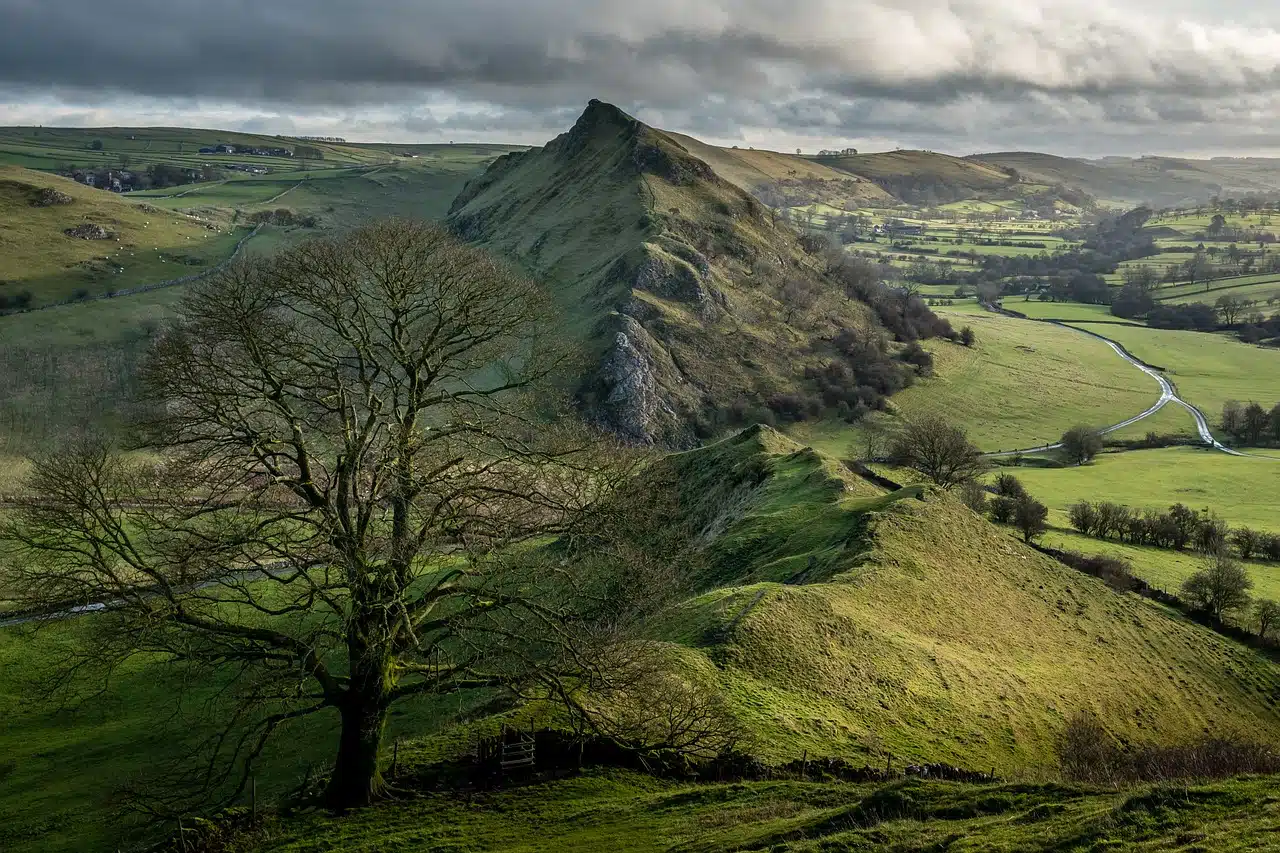
The hills can have different heights, although they do not exceed 200 meters.
A hill is an isolated elevation of land that is lower in height than a mountain or mount . Like any topographic eminence, it is a terrain elevated with respect to its surroundings that has a base or foot (the lower area where the elevation begins), one or more summits or tops (the area that reaches the highest height) and the slopes or flanks (terrain of variable inclination that goes from the base to the summit).
The hill - a term derived from the Latin cirrus ( "flake" ) - must not exceed 200 meters in height ; Otherwise, it becomes another type of eminence (like a mountain , for example). Its birth can occur due to a geological fault, the erosion of a major geographical feature or the movement and deposition of sediments.
Types of hills
According to their formation and appearance, there are different names for the hills. The hills or hills are the smallest hills and constitute the most widespread name.
In the same way, we also find other hills that, due to their diverse typology, receive other more specific names. This would be the case, for example, of the mound that we can establish as a small hill, which is isolated and which has the peculiarity that it can be both natural and artificial, thanks to the fact that it was man who created it. has formed it. Thus, artificial mounds with military, funerary or surveillance functions have existed throughout history.

In the past, fortresses used to be built on the tops of hills.
Surveillance locations
The moderate height of the hills allowed numerous settlements to be built on their slopes and summits, since their characteristics offered shelter from floods and allowed an ideal panoramic view to visualize the advance of the enemies. Many fortresses , therefore, were developed on hills. Other buildings were built on the hills for religious and ceremonial reasons.
Among the most notable examples that we can present of buildings that were built on hills is the castle in the French town of Gisors . It is a fortress located on a hill that was built in the 11th century and there is a legend around it: that of the Templars' treasure , which seems to have been preserved under it.
In the same way, another of the monuments that we can highlight for having been built on a hill was the Washington National Cathedral , which was built in the early stages of the 19th century on the highest peak of the city.
And all this without forgetting the internationally known Alhambra in Granada . This is a walled city, a World Heritage Site and of Muslim origin, which is located on the famous La Sabika hill.
Other uses of the term hill
In addition to all of the above, we cannot ignore the fact that there is a colloquial expression that is used very frequently in Spain and that uses the term we are analyzing. It is the adverbial phrase “through the hills of Úbeda” with which it is expressed that someone is rambling when talking about a matter.
The dictionary of the Royal Spanish Academy (RAE) , finally, mentions other uses of the term hill, referring to the neck or back of an animal and to the bundle of flax or hemp already cleaned after raking .
